What is PPC Advertising?
Pay-Per-Click Advertising is a form of online paid advertising where advertisers pay a fee each time their ad is clicked. It is essentially a way of buying visits to your site rather than earning them organically. Paid search marketing, most commonly associated with Google Ads, is the most popular form of PPC. When done right, PPC ads can yield high returns by targeting potential customers at the exact moment they’re searching for a product or service.
Basics of Pay-Per-Click: How PPC Works
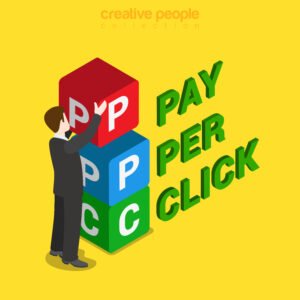
Understanding how PPC works is the foundation for creating effective ad campaigns. Here’s a quick breakdown:
- Advertisers bid on specific keywords relevant to their business.
- When a user searches for a keyword, an auction occurs.
- Ads are ranked based on factors like bid amount, ad relevance, and quality score.
- If your ad wins the auction, it appears in the search results.
- You only pay when someone clicks on your ad, hence the term cost-per-click (CPC).
This auction-based model is what makes PPC advertising flexible and scalable.
Introduction to Google Ads
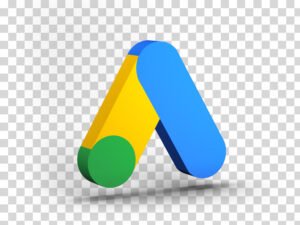
Google Ads is the leading platform for pay-per-click advertising. It enables advertisers to show ads on Google’s search engine, YouTube, Google Display Network, and more. For those seeking an introduction to Google Ads, here are the main types of campaigns you can create:
- Search Ads (text-based ads on search results pages)
- Display Ads (image-based ads on Google’s partner sites)
- Shopping Ads (product-based ads)
- Video Ads (ads that run on YouTube)
- App Promotion Ads (for mobile apps)
Each type has its own structure, goals, and PPC keyword targeting methods.
PPC Campaign Setup: A Step-by-Step Guide
Setting up your first PPC campaign might seem overwhelming, but it becomes straightforward when broken into steps:
- Define Your Goals – Is it lead generation, brand awareness, or e-commerce sales?
- Choose the Right Platform – Google Ads, Bing Ads, or social platforms like Meta.
- Conduct Keyword Research – Use tools like Google Keyword Planner for effective PPC keyword targeting.
- Set Your Budget and Bids – Understand your cost-per-click explained through average industry benchmarks.
- Write Compelling Ad Copy – Highlight benefits and include strong calls to action.
- Design Landing Pages – Ensure they are relevant to the keywords and ad copy.
- Launch Your Campaign – Monitor performance from Day 1.
This approach lays the groundwork for a solid pay-per-click strategy.
Benefits of PPC Ads for Businesses
When executed correctly, the benefits of PPC ads are extensive:
- Instant visibility on search engines.
- High-intent traffic directed to your site.
- Measurable ROI through analytics.
- Complete control over ad budget.
- Ability to test and optimize quickly.
Whether you’re exploring PPC vs SEO or combining both strategies, PPC offers quick wins while SEO builds long-term authority.
PPC Ad Bidding: Understanding the Auction
The PPC ad bidding process determines your ad’s placement. Here’s how it works:
- Advertisers set a maximum CPC bid.
- Google evaluates ads based on Ad Rank, which includes bid amount, ad relevance, and landing page experience.
- Higher-quality ads can win better positions at lower bids.
Understanding how PPC works here is essential to maximize ad performance without overspending.
PPC Keyword Targeting: Choosing the Right Terms
The heart of any pay-per-click advertising campaign is its keywords. Strategic PPC keyword targeting ensures your ad appears for relevant searches. Consider using:
- Exact Match – Targets the exact term searched.
- Phrase Match – Targets phrases containing the keyword.
- Broad Match – Casts a wider net but less control.
- Negative Keywords – Excludes irrelevant searches.
A refined keyword list is vital to any pay-per-click strategy.
PPC vs SEO: Complementary, Not Competitive
Many marketers debate PPC vs SEO. Here’s a breakdown:
- PPC provides immediate traffic, but costs money per click.
- SEO takes time to rank but yields organic traffic over time.
- The best digital strategies often integrate both.
Combining both allows businesses to dominate search engine results pages.
PPC Marketing Tips for Beginners
Here are some PPC marketing tips to improve your first campaign:
- Use A/B testing for ad copy and landing pages.
- Focus on mobile optimization.
- Monitor quality score regularly.
- Use ad extensions (sitelinks, callouts, etc.).
- Regularly review and refine keyword lists.
These tips help beginners enhance performance and reduce wasted ad spend.
PPC Ad Performance Tracking & Optimization
Tracking is essential in pay-per-click advertising. Key performance indicators include:
- Click-Through Rate (CTR)
- Conversion Rate
- Quality Score
- Cost Per Acquisition (CPA)
- Return on Ad Spend (ROAS)
Use tools like Google Analytics and Google Ads Manager to track and improve your campaign. Regular optimization ensures you’re getting the most from your online paid advertising investment
Types of PPC Ads

Different types of PPC ads allow advertisers to engage users across various platforms:
- Text Ads – Common on search engines.
- Display Ads – Visual ads on third-party websites.
- Shopping Ads – For eCommerce retailers.
- Video Ads – Great for brand storytelling.
- Remarketing Ads – Target previous visitors to re-engage them.
Understanding the types of PPC ads helps create a diversified digital advertising methods strategy.
Final Thoughts: Your First Pay-Per-Click Strategy
Creating a successful pay-per-click strategy involves planning, testing, and continual learning. Whether you’re brand new to PPC advertising for beginners or looking to improve results, sticking to the fundamentals—keyword research, audience targeting, compelling creatives, and constant optimization—is key.
Pay-Per-Click Advertising gives you the power to put your brand in front of the right people at the right time. Embrace the process, keep refining your approach, and you’ll reap the long-term rewards.

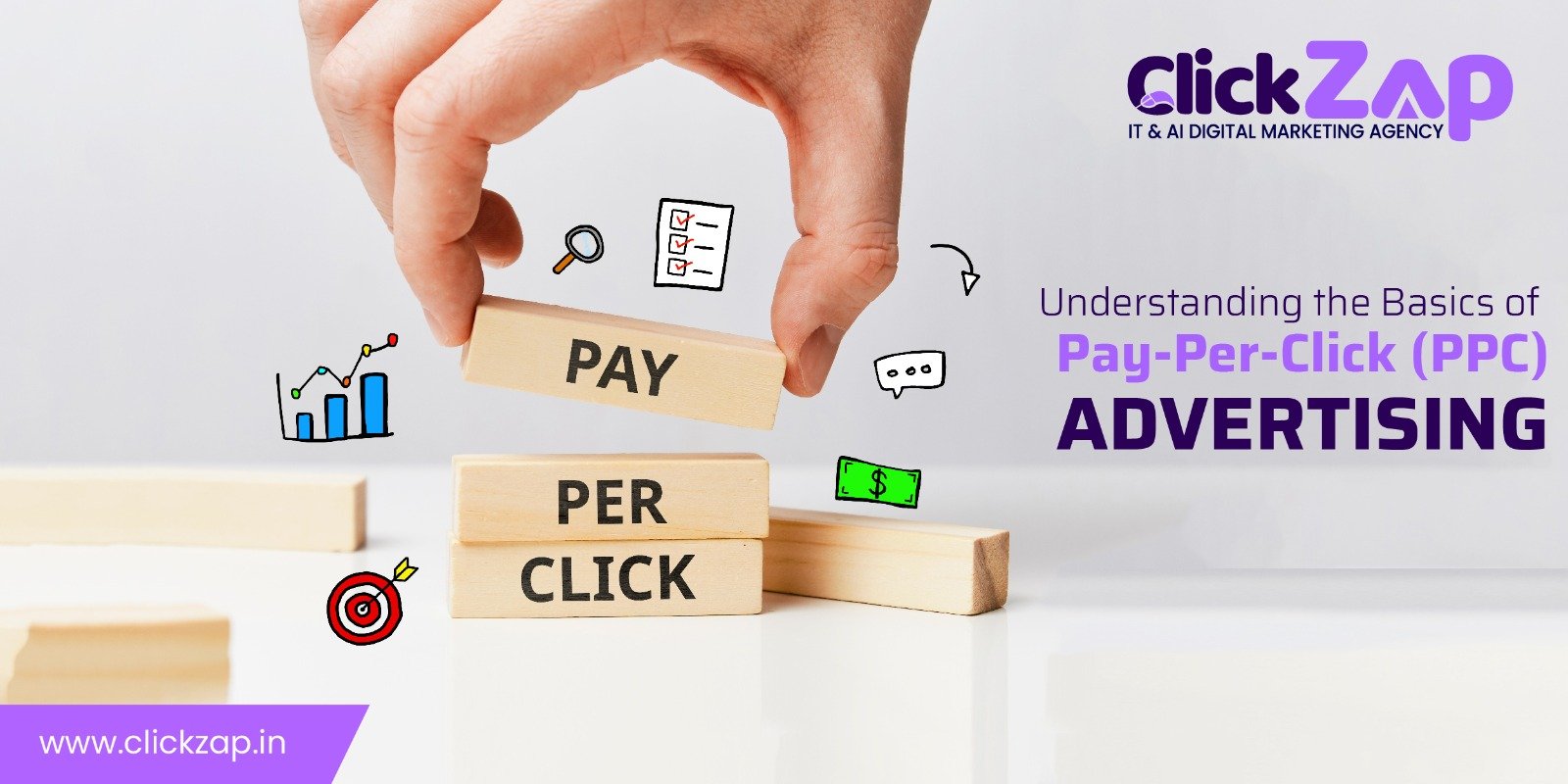
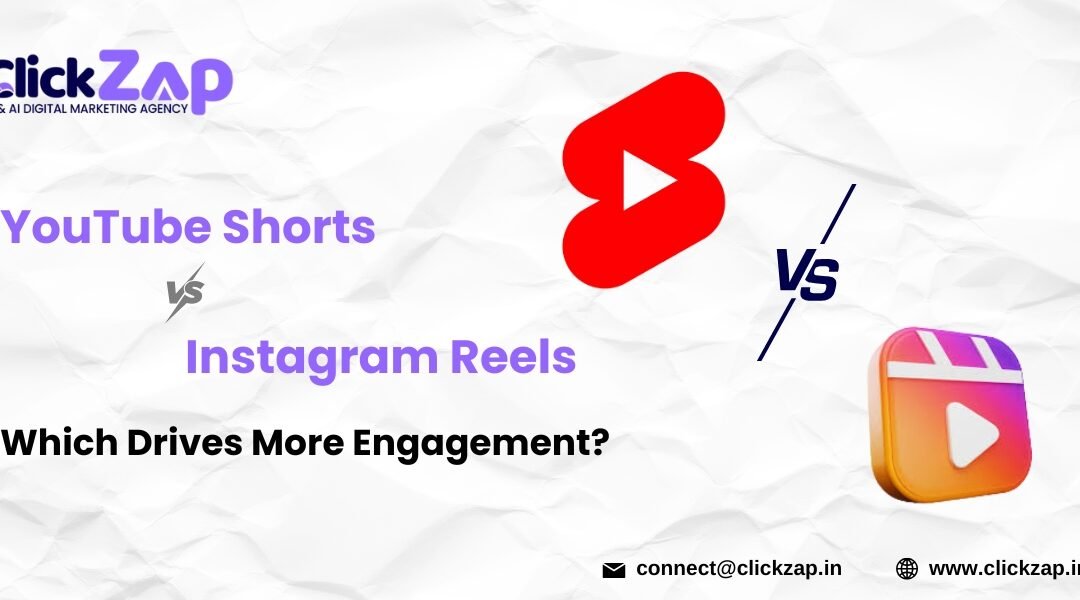
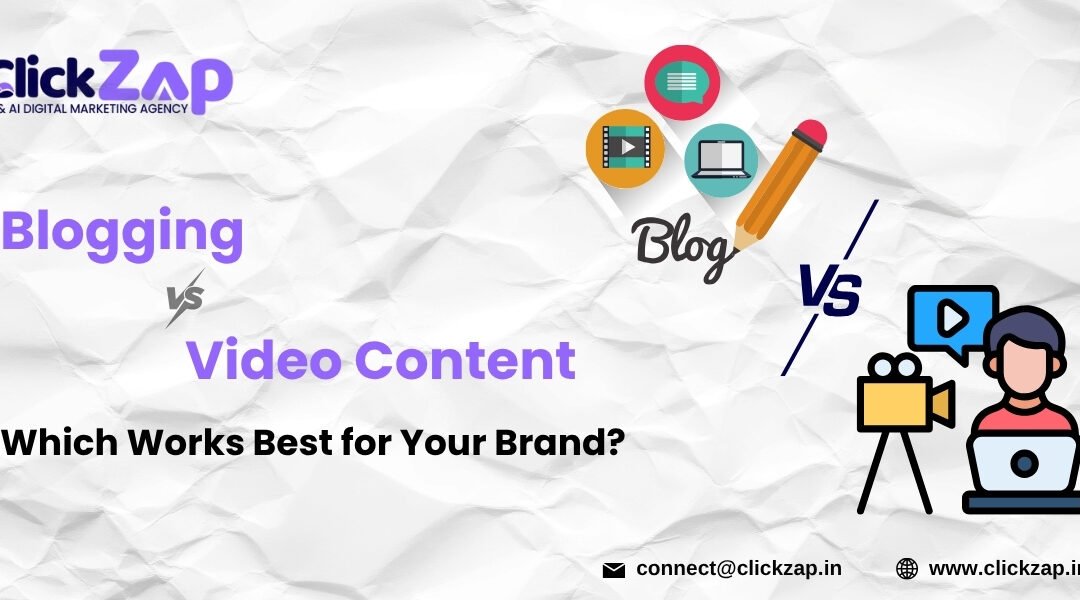
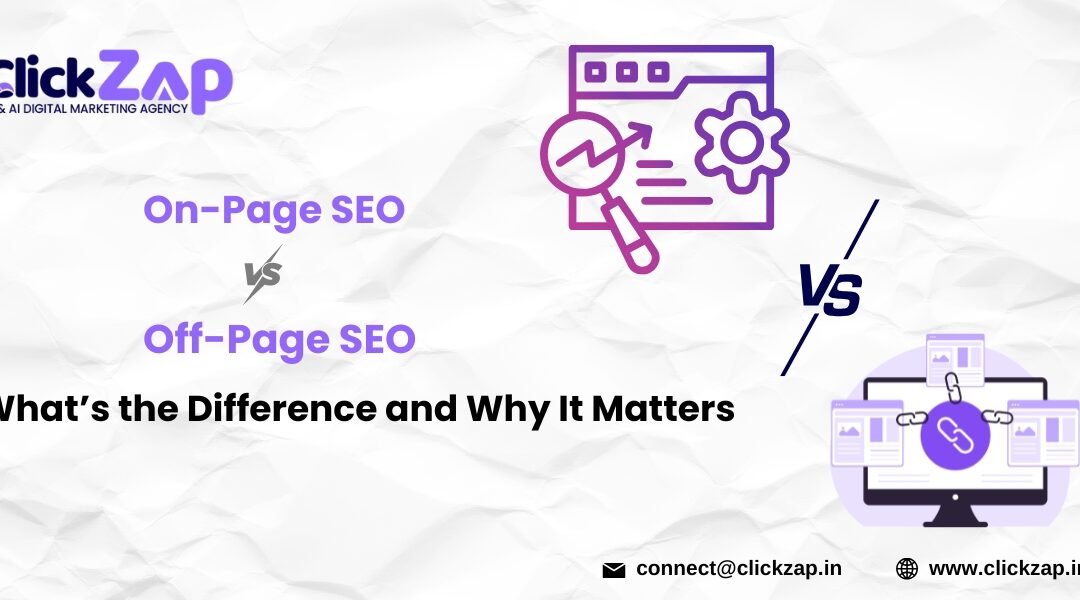
0 Comments